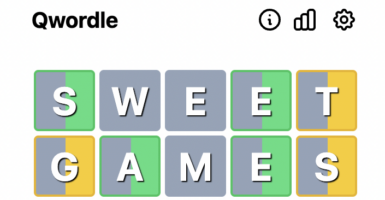Quiz: How Much Do You KnowAbout The Vietnam War?
The Vietnam War was an extensively long and bloody war that was fought in Vietnam, Laos, and Cambodia. Although it was fought between the communist North Vietnamese government and the government of South Vietnam, other countries soon became involved. The North Vietnamese army was backed by communist allies including the Soviet Union and China, with the South Vietnamese being supported by the United States, South Korea, Australia, Thailand, and others. The conflict was an extremely contentious debate, especially in the United States, with many citizens believing that we shouldn’t have been involved. Now, test your knowledge about the Vietnam War, a conflict that many consider one of the darkest periods in United States history.
Which country controlled Vietnam for decades leading up to the Vietnam War?
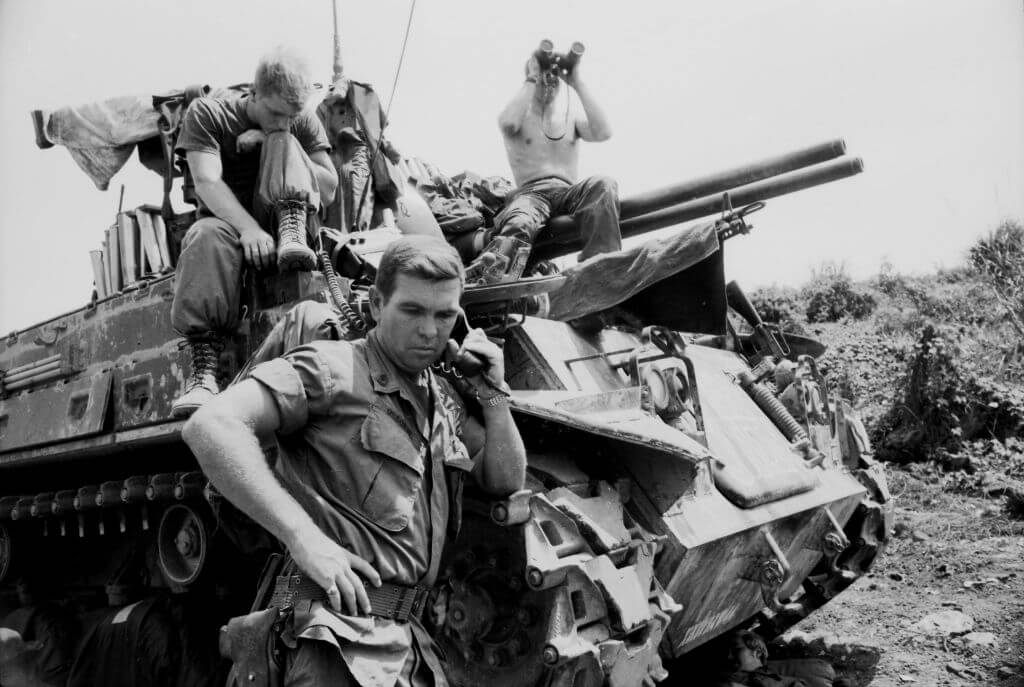
A. France
B. Britain
C. Germany
D. Soviet Union
Answer: France
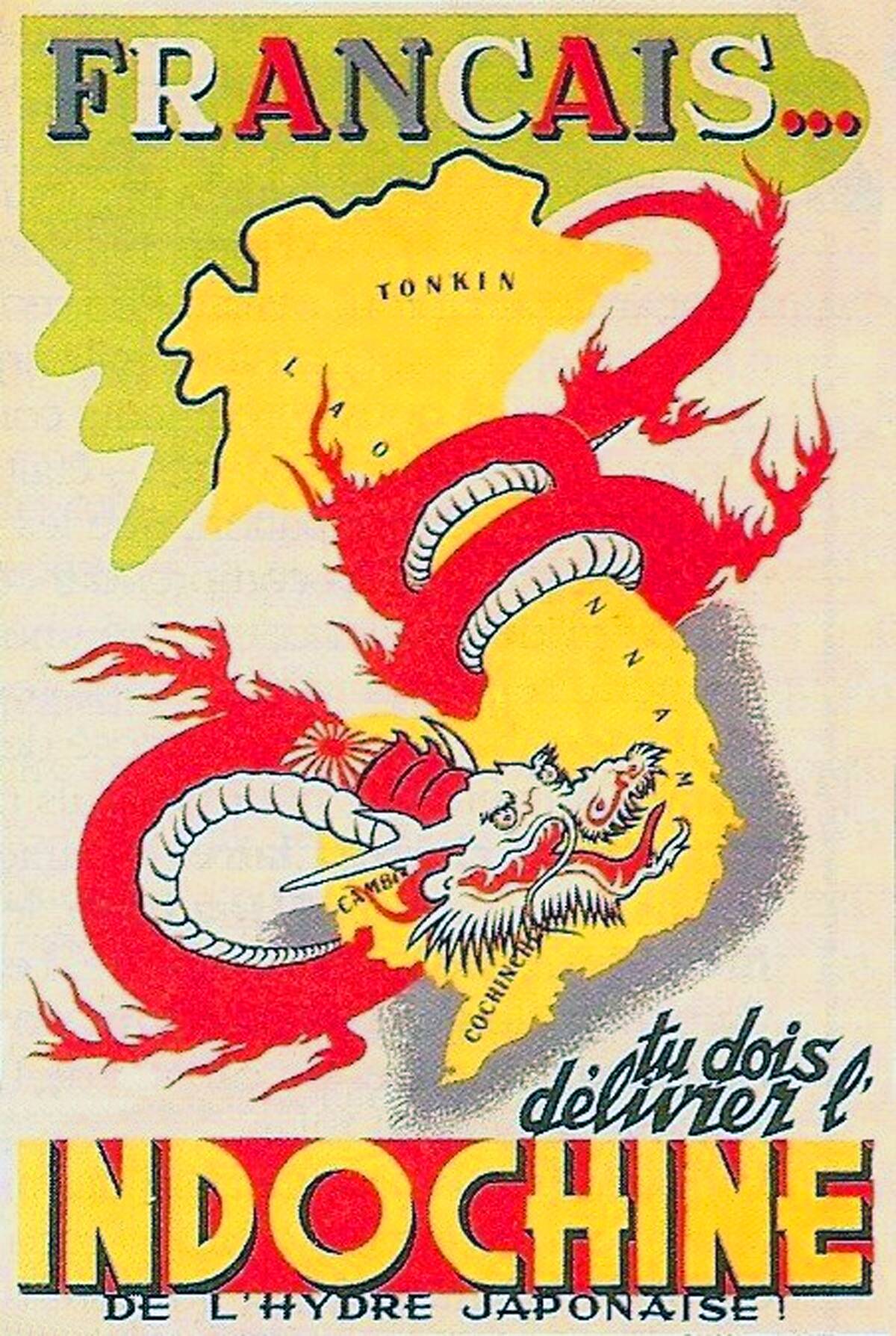
France ruled over Vietnam for decades up until 1945. It was then that Vietnam declared its independence. This created the unrest that would eventually fuel the fire of the Vietnam War.
Who were the Viet Cong?
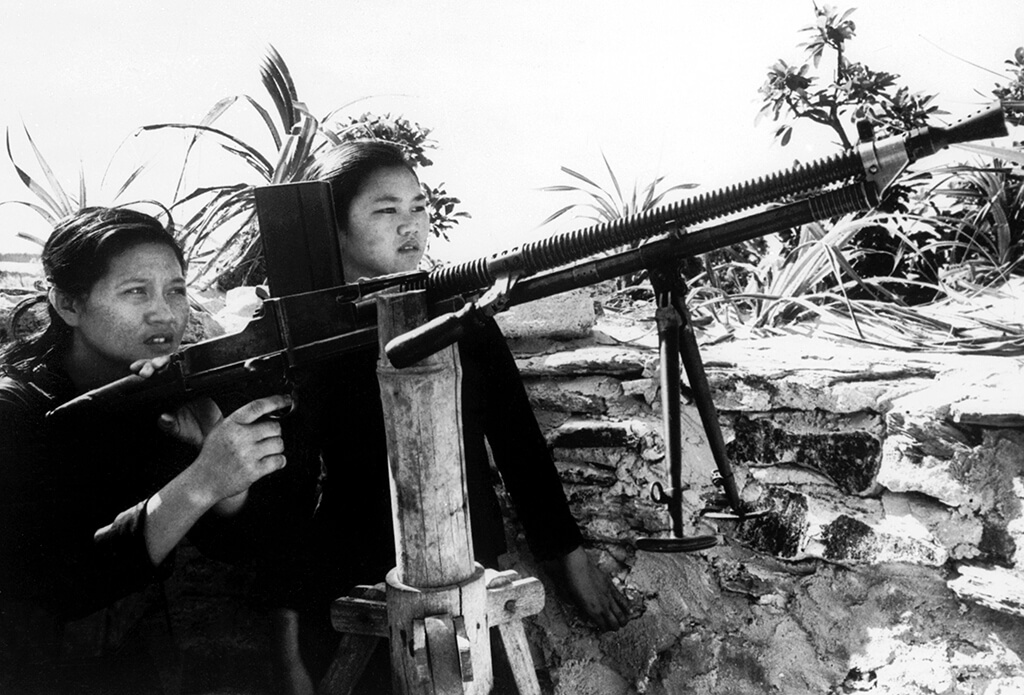
A. Vietnamese anti-war protesters
B. South Vietnamese guerrilla forces
C. North Vietnamese guerrilla forces
D. North Vietnamese government
Answer: South Vietnamese guerrilla forces
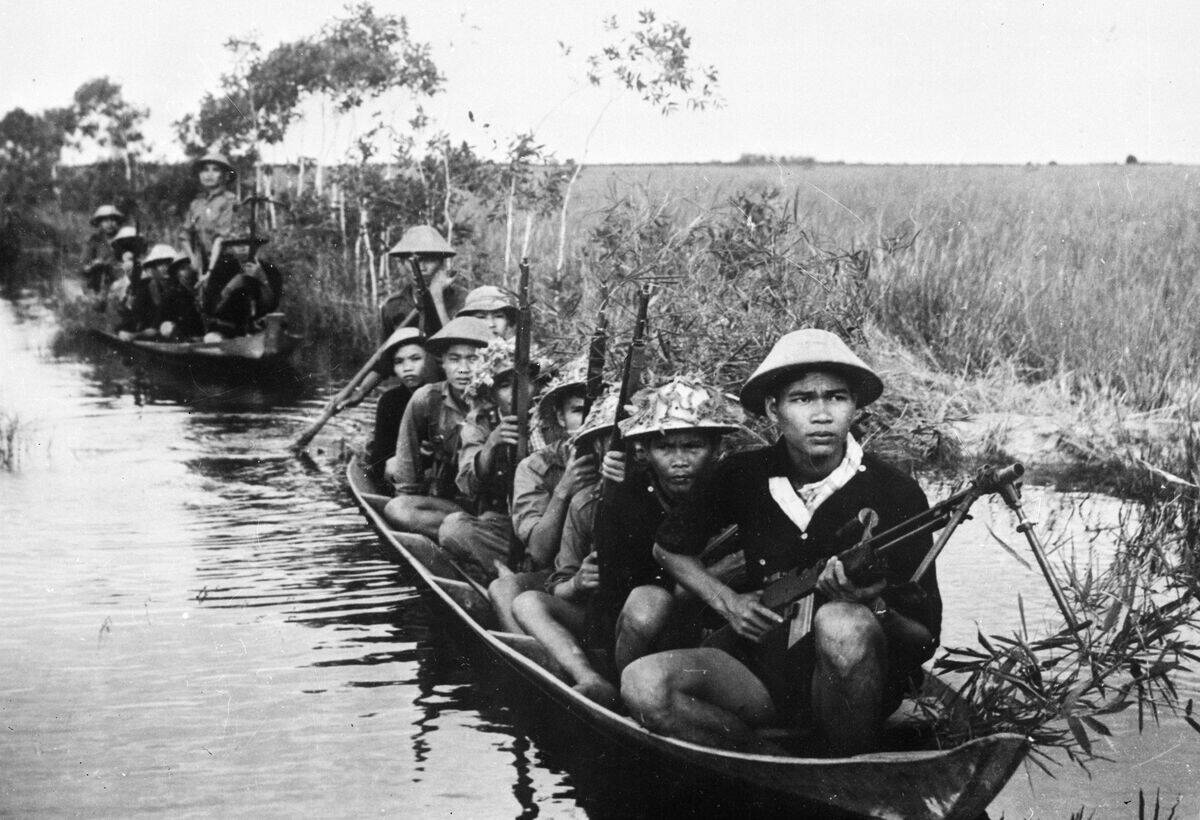
The Viet Cong were a political organization of South Vietnam and Cambodia with their own army known as the People’s Liberation Armed Forces of South Vietnam. Although they were in South Vietnam, they fought against the United States intervention and were known for their use of guerrilla tactics in the jungle.
What type of government did the North Vietnamese want?
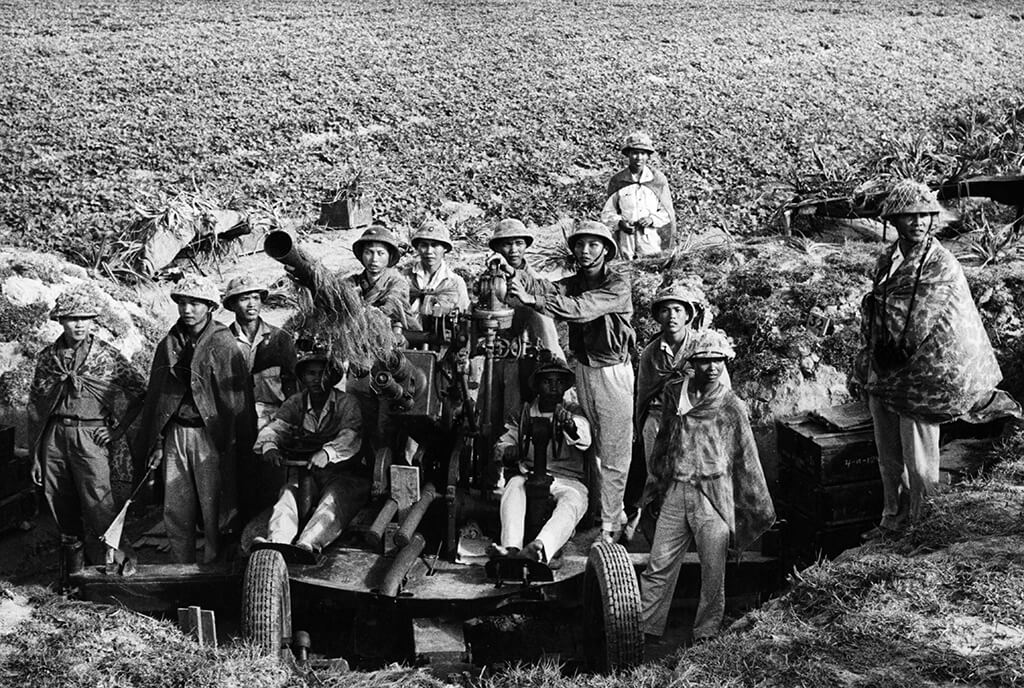
A. Democracy
B. Republic
C. Monarchy
D. Communism
Answer: Communism

At the beginning of the conflict, North Vietnam was controlled by communists. At the same time, South Vietnam was ruled by anti-communists leaders. This was one of the main issues that plunged the region into war.
Which United States president was the first to send combat troops to Vietnam during the war?
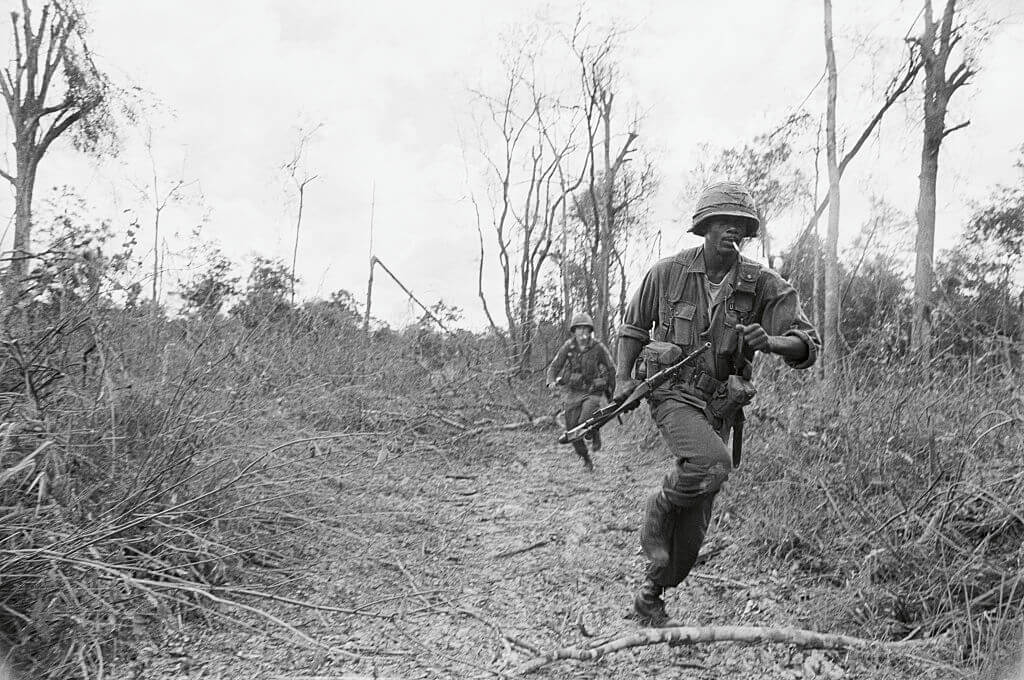
A. Eisenhower
B. Nixon
C. Kennedy
D. Johnson
Answer: Johnson
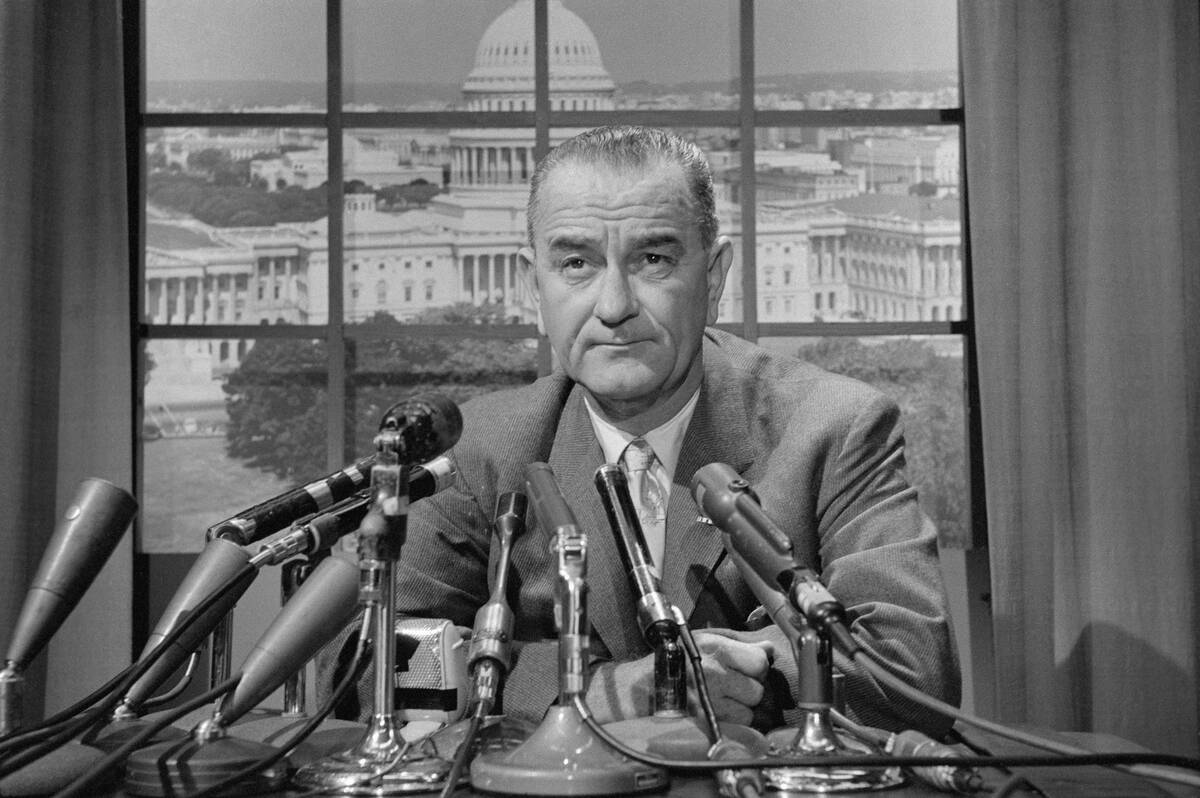
Although the United States had been in Vietnam for some time before this point, President Lyndon B. Johnson sent the first combat troops, the 9th Marine Expeditionary Brigade in 1965.
Ho Chi Minh led which country during the war?
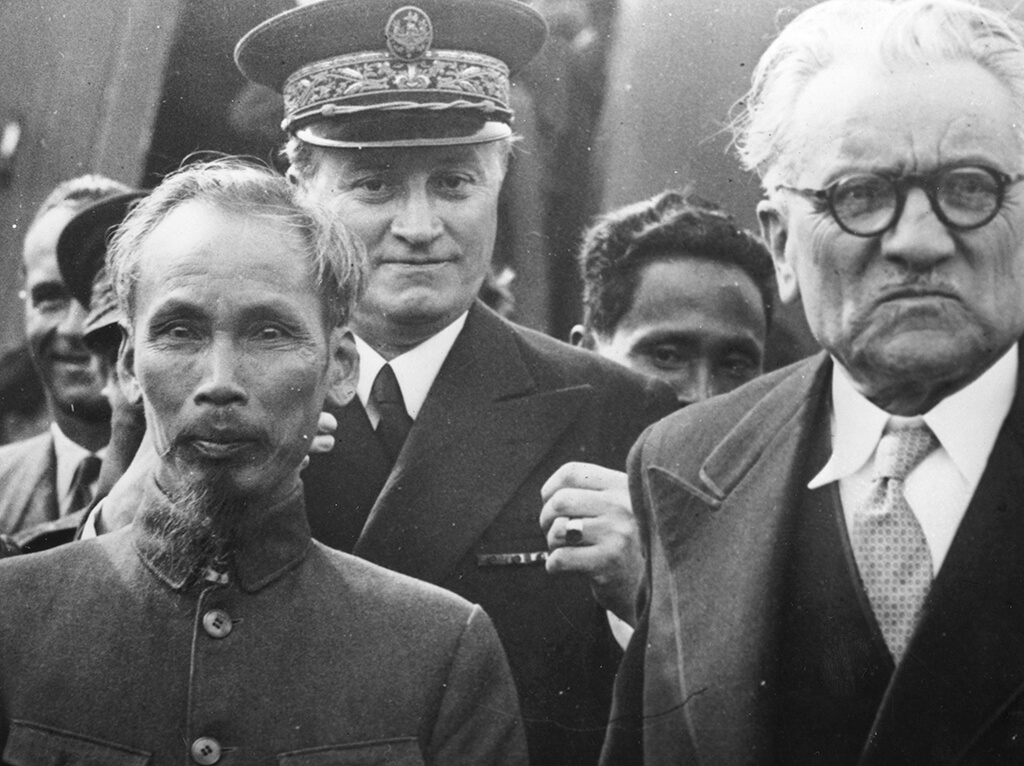
A. North Korea
B. South Vietnam
C. North Vietnam
D. Cambodia
Answer: North Vietnam
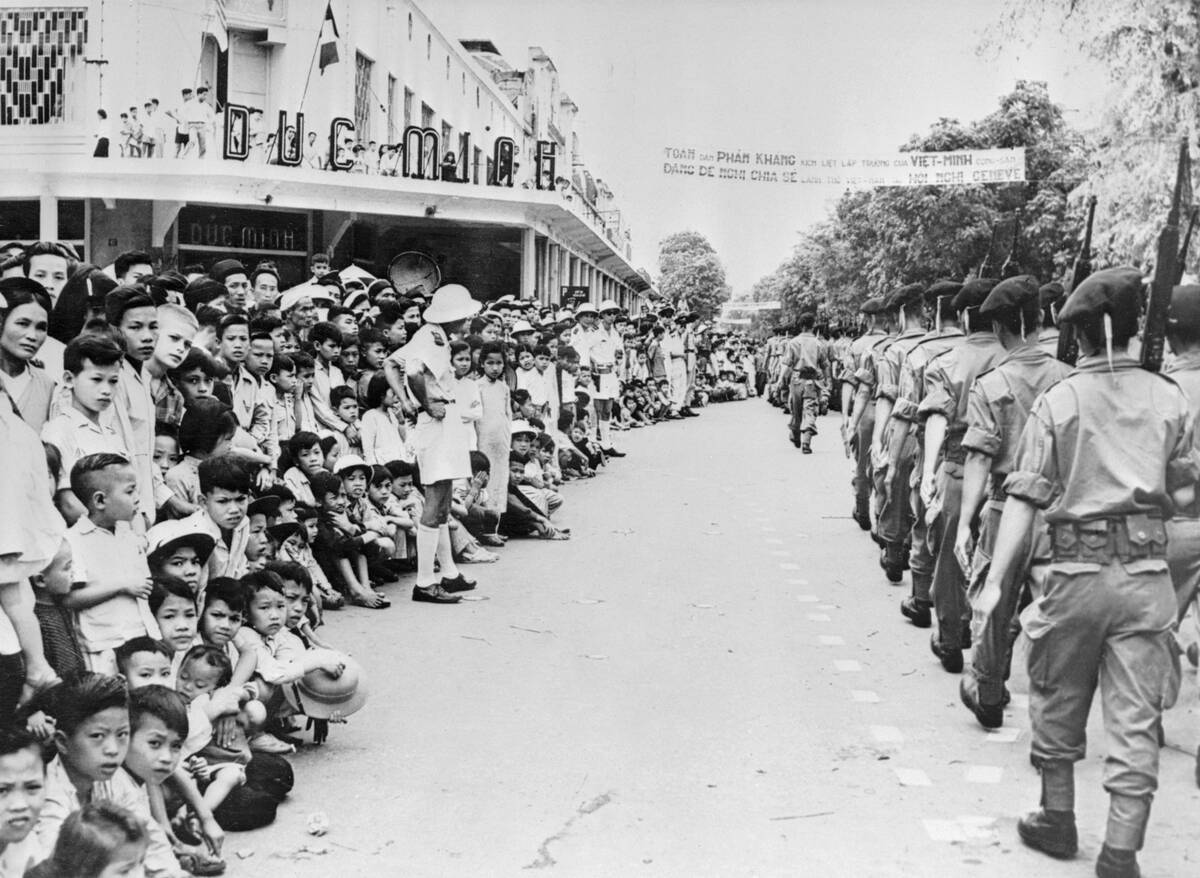
Ho Chi Minh was a primary leader who helped lead the North Vietnamese to victory during the conflict. He was the Prime Minister from 1945 to 1955 and President from 1945 to 1969.
What event signaled the end of the war?
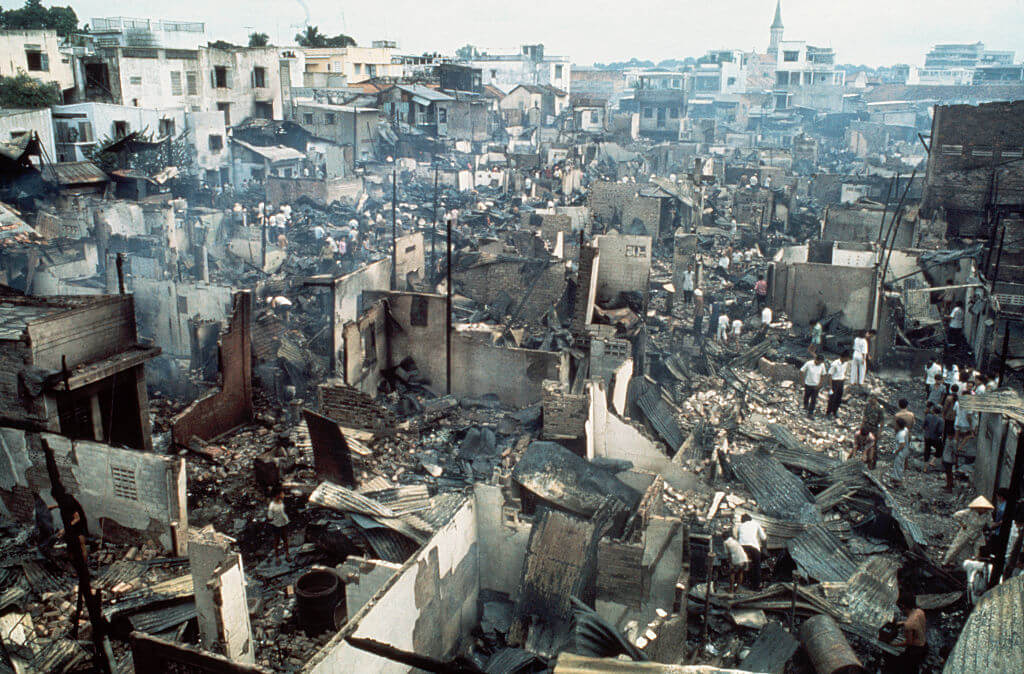
A. Tet Offensive
B. Geneva Accord
C. The Fall of Saigon
D. The Gulf of Tonkin Incident
Answer: The Fall of Saigon
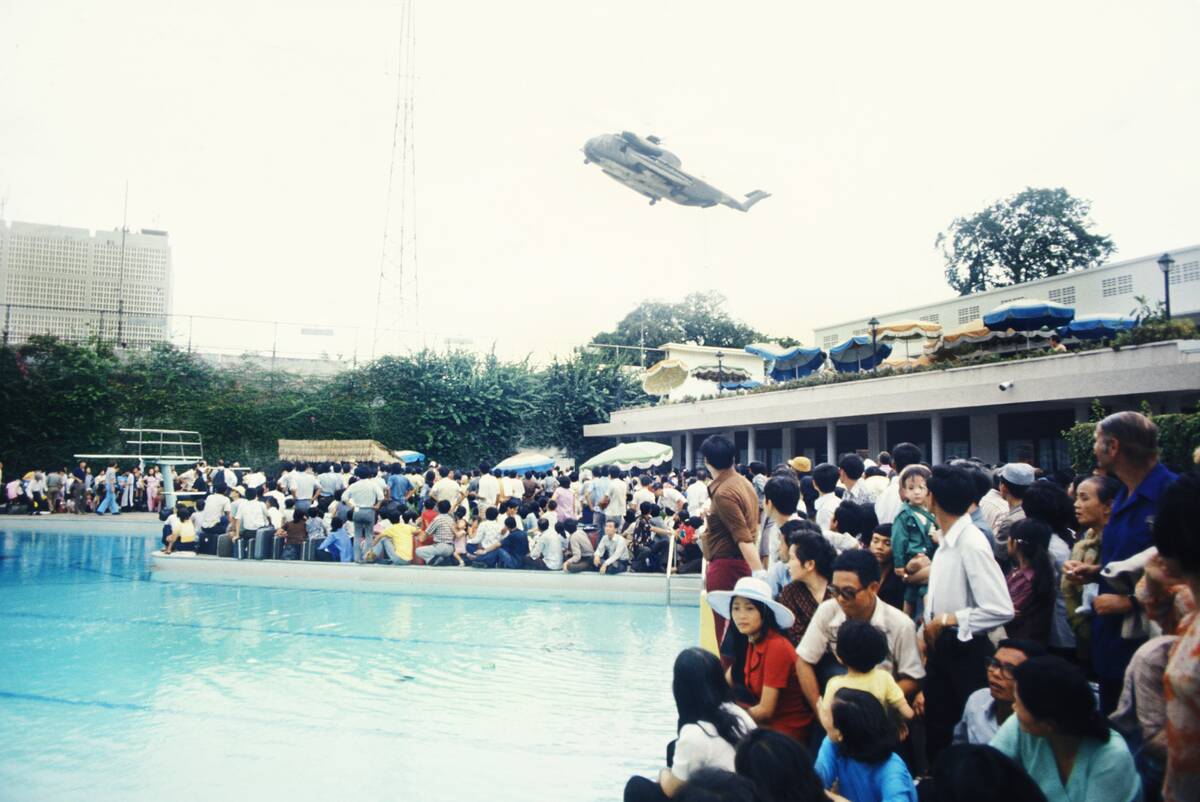
The Fall of Saigon occurred when the People’s Army of Vietnam and the National Liberation Front of South Vietnam (Viet Cong) captured Saigon, the capital of South Vietnam. This signaled the end of the Vietnam War.
What line marked the division between North and South Vietnam starting in 1954?
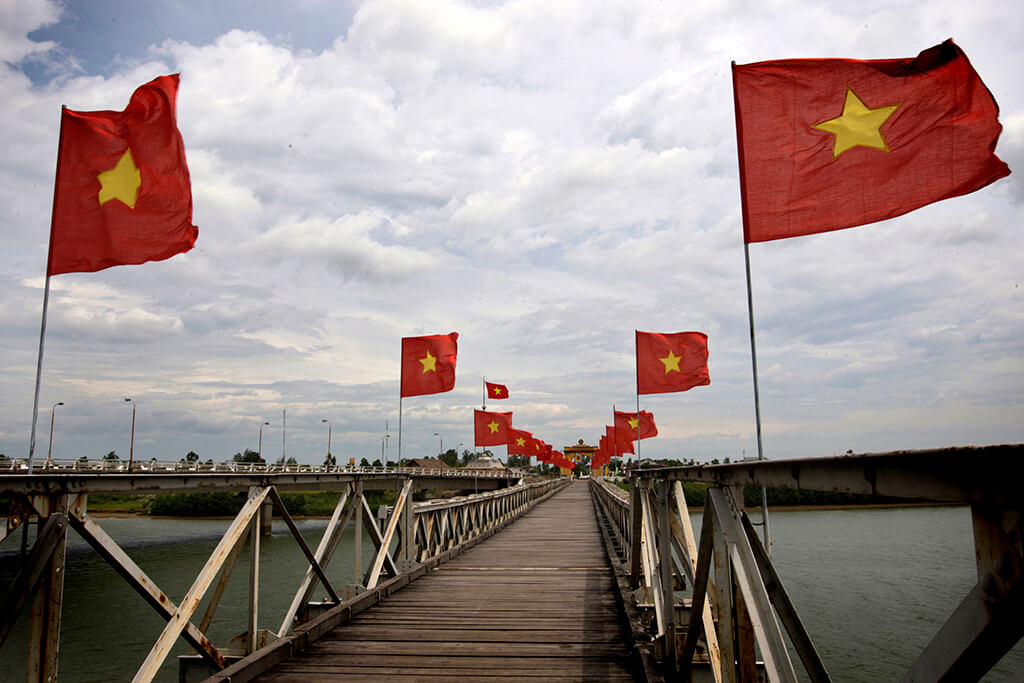
A. 17th parallel
B. Mason Dixon
C. 24th parallel
D. The Standard Line
Answer: 17th parallel
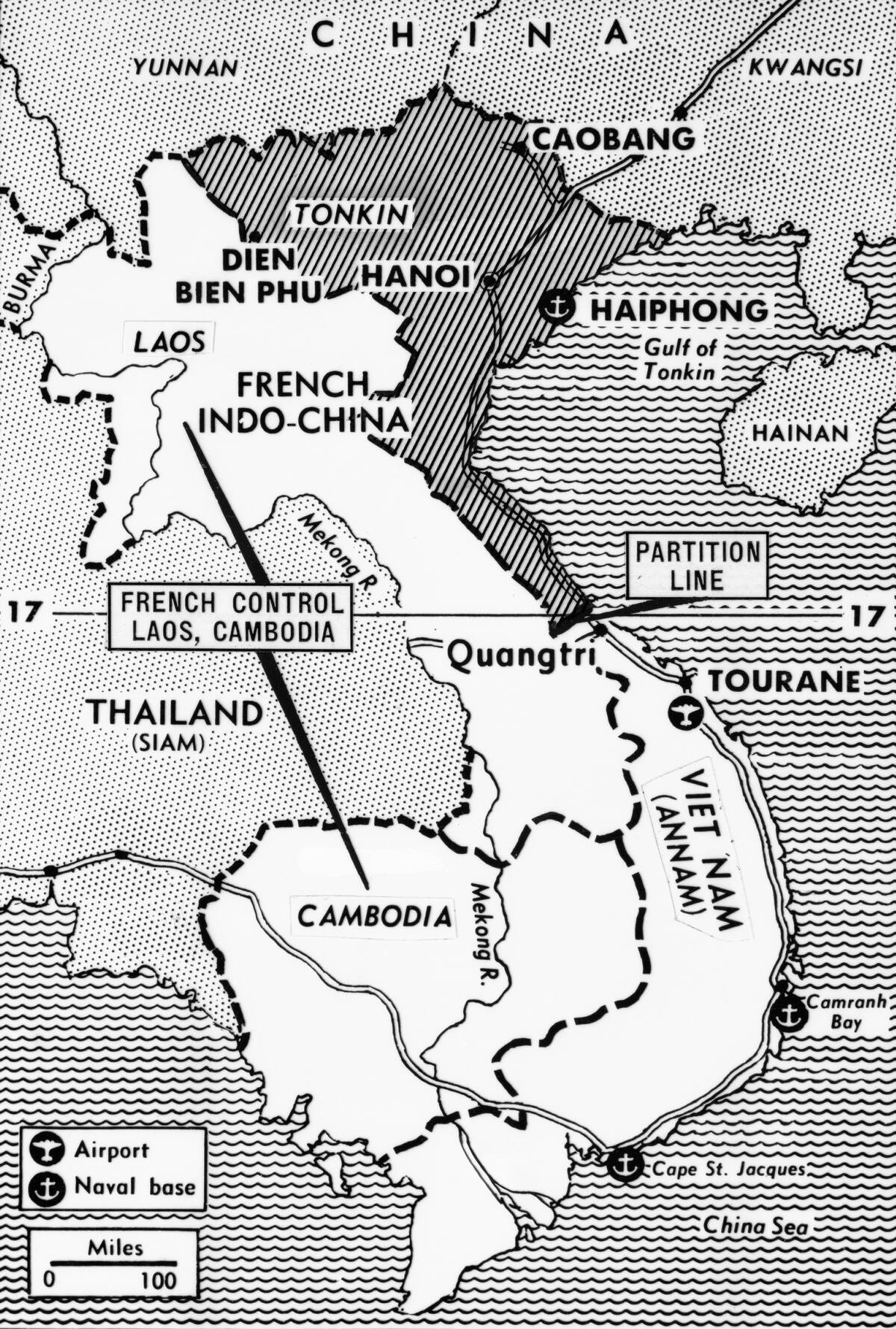
The Geneva Accords were signed in 1954, which divided Vietnam along the 17th parallel. For the moment, the divide brought peace to the region, although it wouldn’t last very long.
How many years did the Vietnam War last?
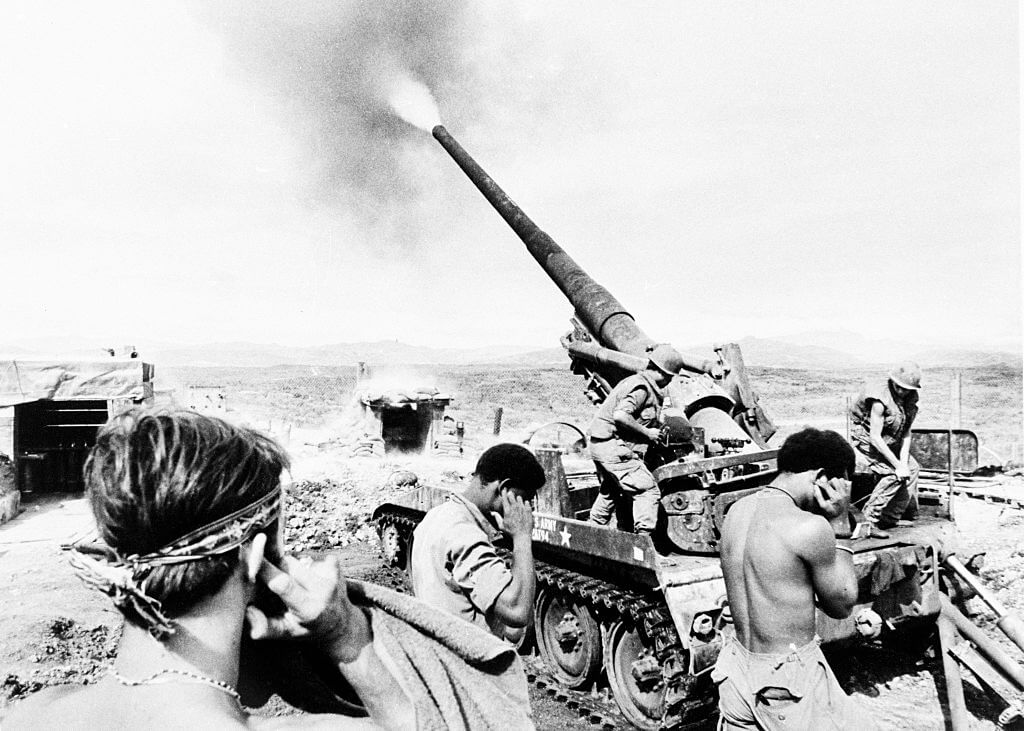
A. 19 years
B. 5 years
C. 16 years
D. 11 years
Answer: 19 years
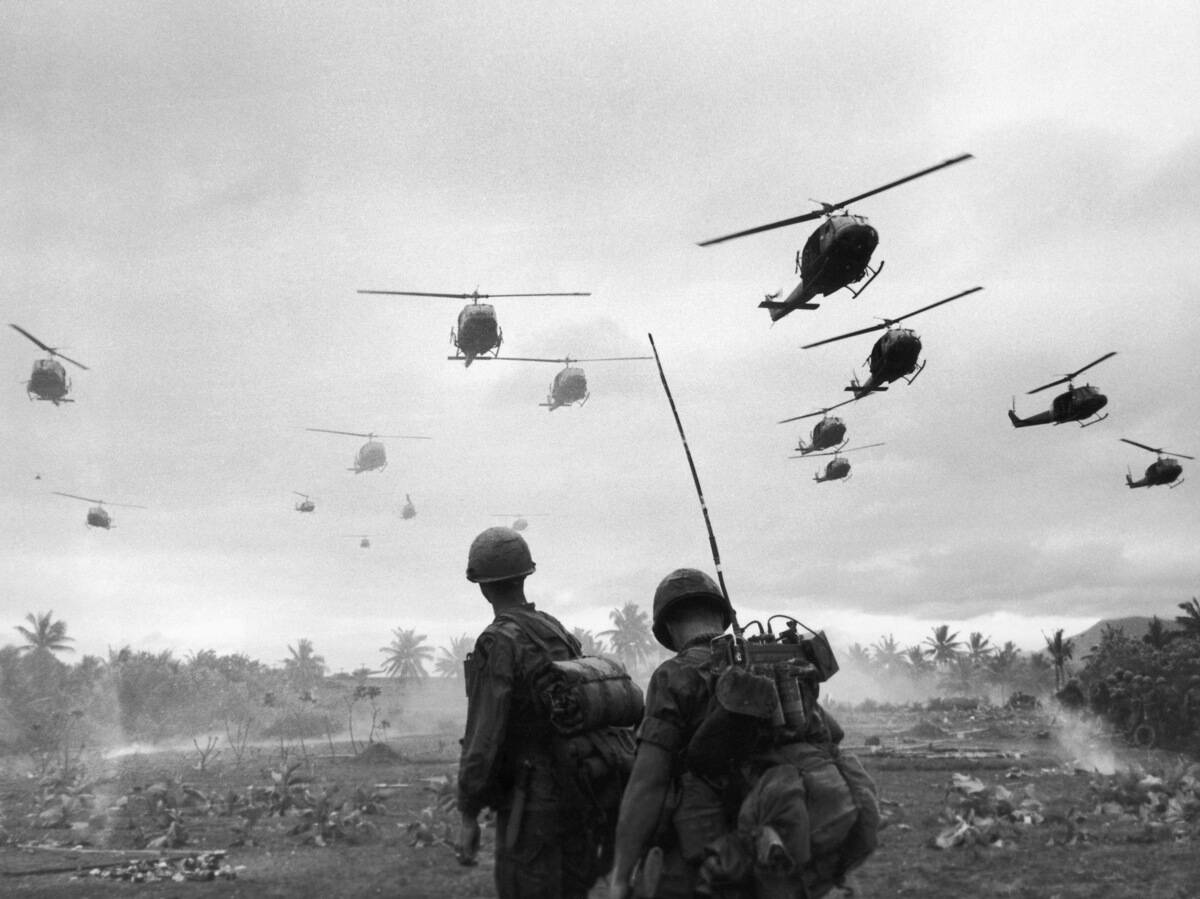
It is now widely agreed that the Vietnam War officially started on November 1, 1955. It ended when South Vietnam surrendered on April 30, 1975, after the Fall of Saigon.
What led to the United States getting involved in the war?
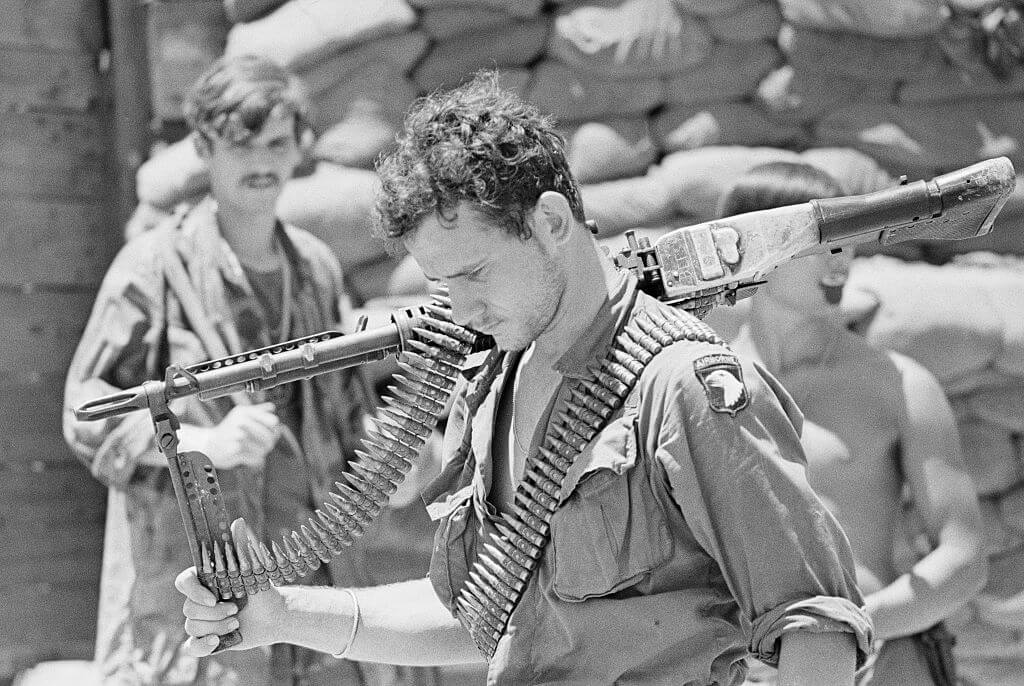
A. My Lai
B. Tet Offensive
C. Gulf of Tonkin Incident
D. The Bay of Pigs
Answer: Gulf of Tonkin Incident
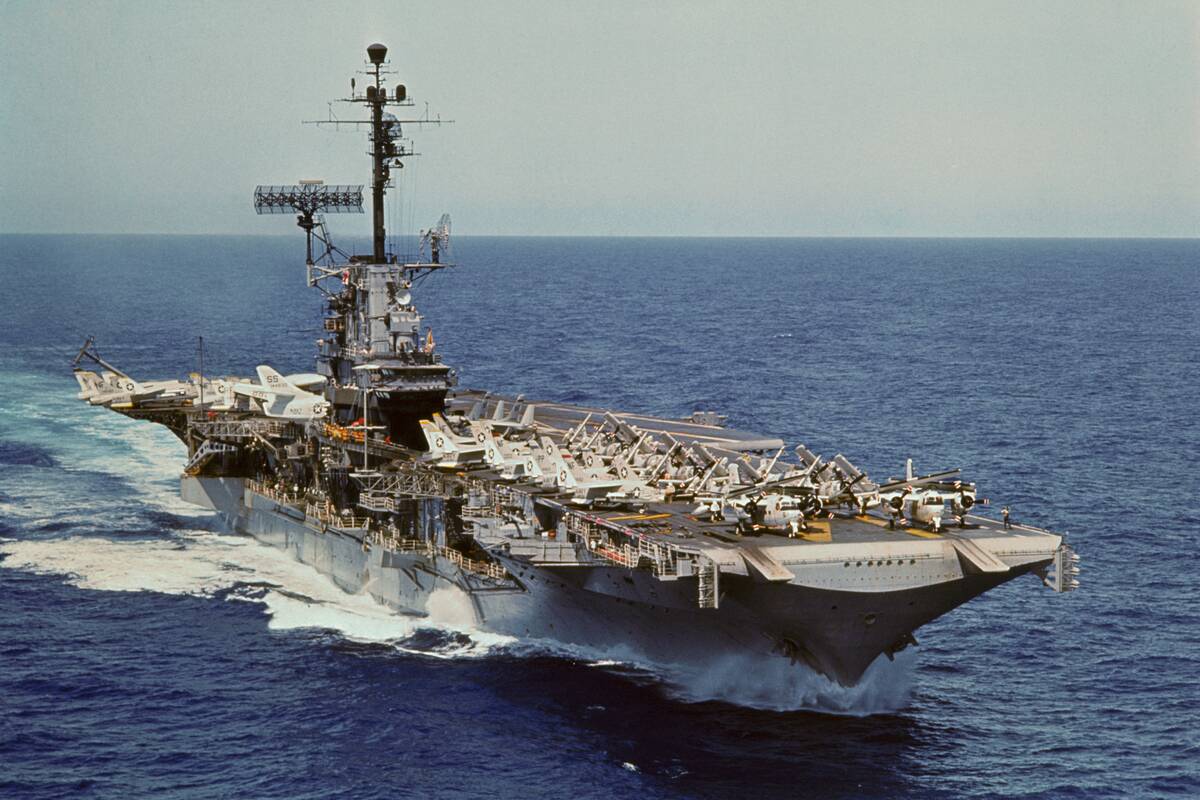
The United States became involved in the Vietnam War after the North Vietnamese fired on a United States ship in the Gulf of Tonkin. After that, Congress authorized a United States intervention in Vietnam.
What year did the Tet Offensive occur?
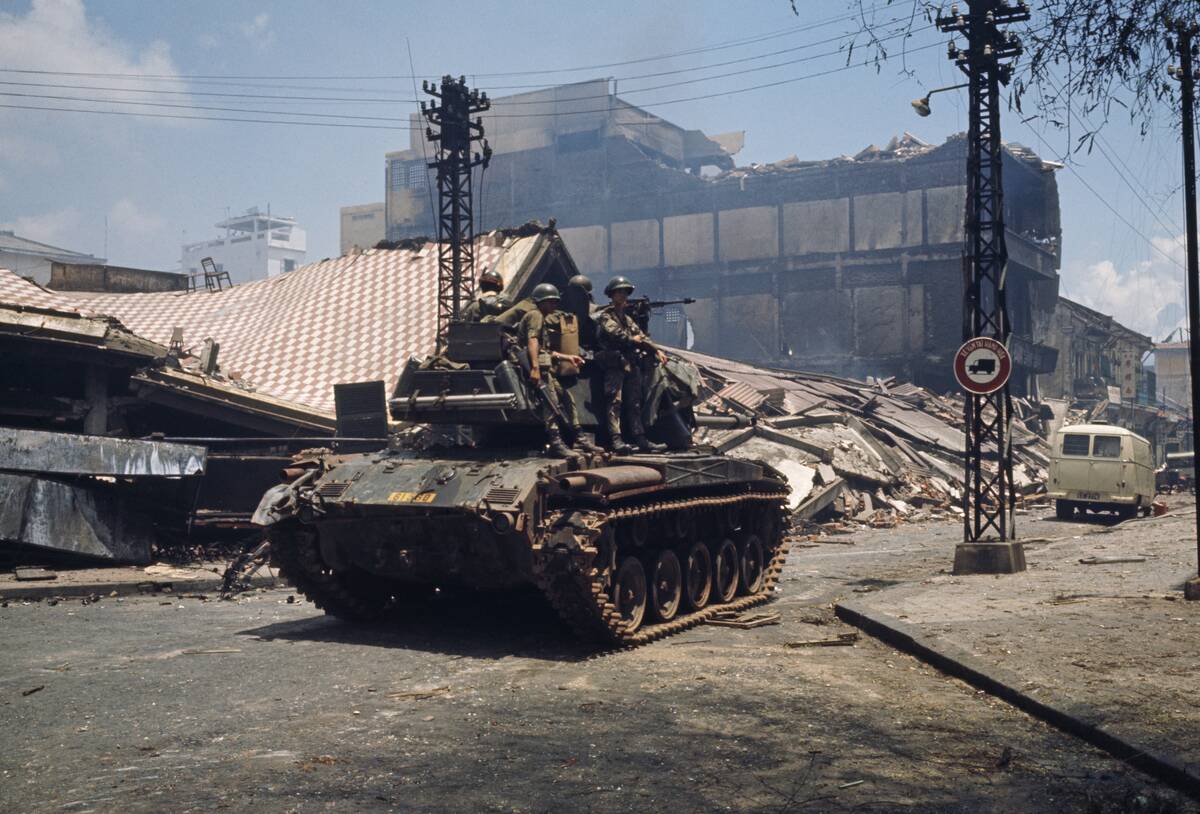
A. 1968
B. 1972
C. 1965
D. 1974
Answer: 1968
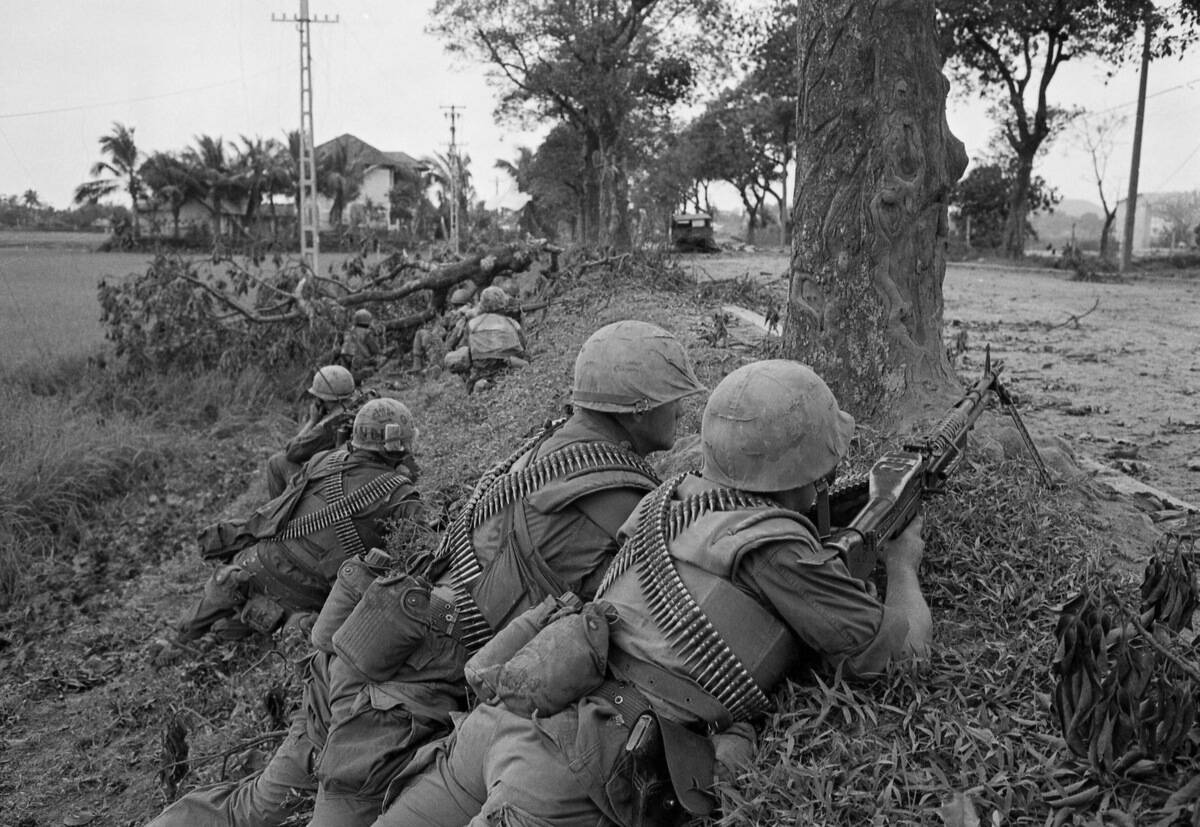
The Tet Offensive began on January 31, 1968. Named for the Lunar New Year, the date marked the beginning of a series of surprise attacks by the Viet Cong and North Vietnamese soldiers on dozens of South Vietnamese cities, towns, and bases.
What happened to North and South Vietnam after the war?
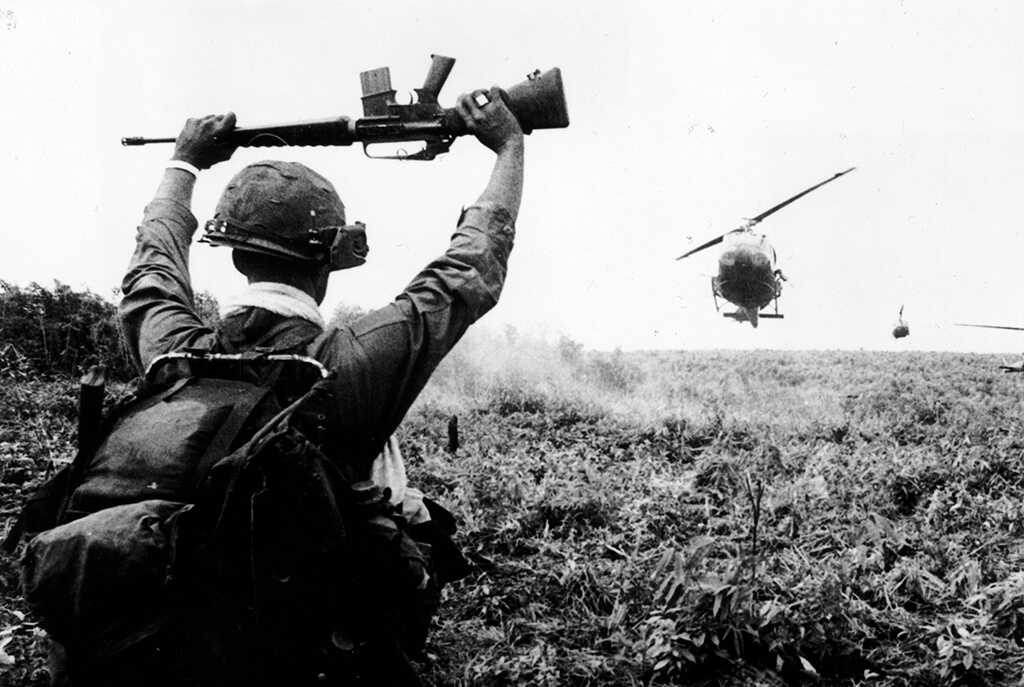
A. Remained two separate nations
B. Became a unified country
C. Became a territory of the Soviet Union
D. The country was dissolved
Answer: Became a unified country
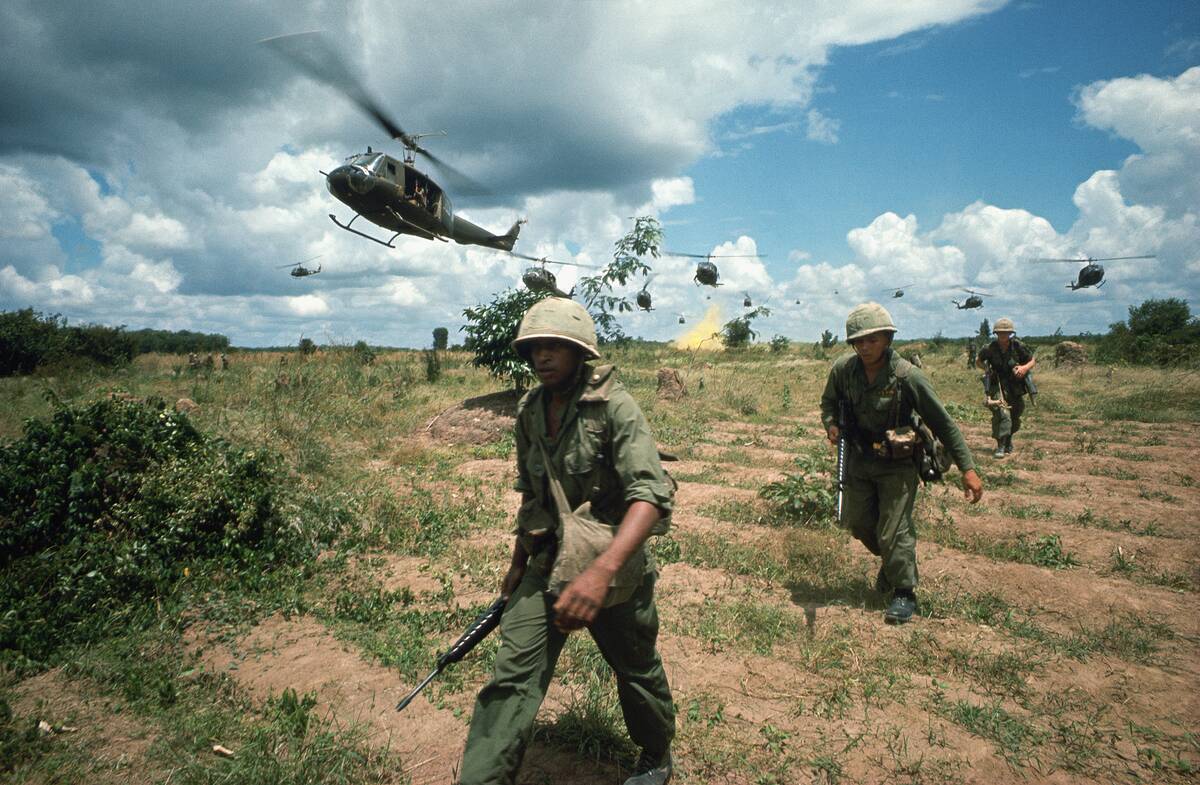
After the end of the war in 1975, Vietnam came together to become the Socialist Republic of Vietnam, a free and independent nation. Although they were now unified under a communist government the country remained impoverished and politically isolated.
What was Saigon named after the war?
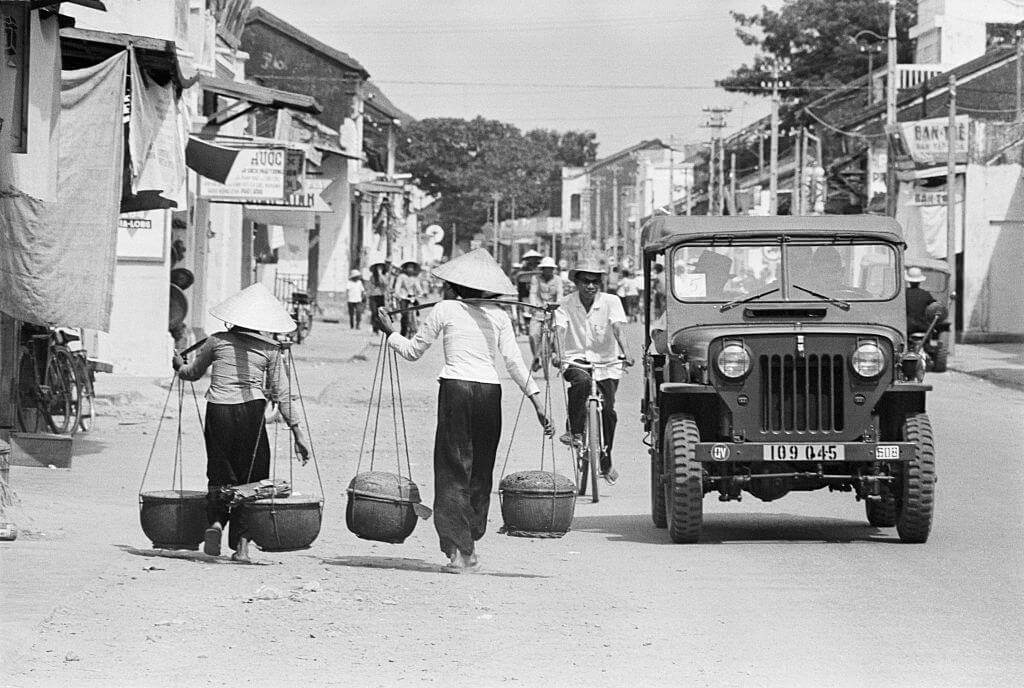
A. Da Nang
B. Hanoi
C. Hue
D. Ho Chi Minh City
Answer: Ho Chi Minh City
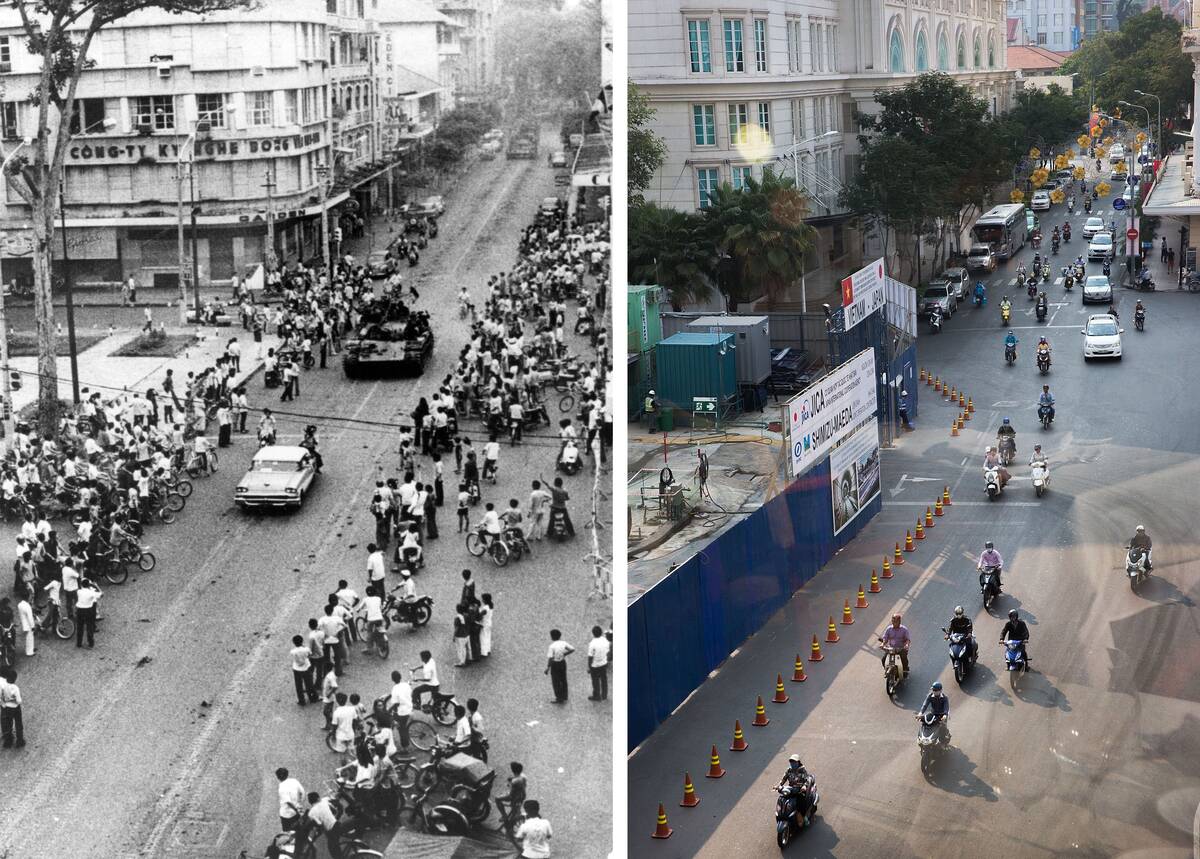
After the North Vietnamese had taken over the Southern capital of Saigon, they renamed the city Ho Chi Minh City after their communist leader. However it is still often referred to as Saigon today.
How many years was the United States Senator John McCain a Prisoner of War?
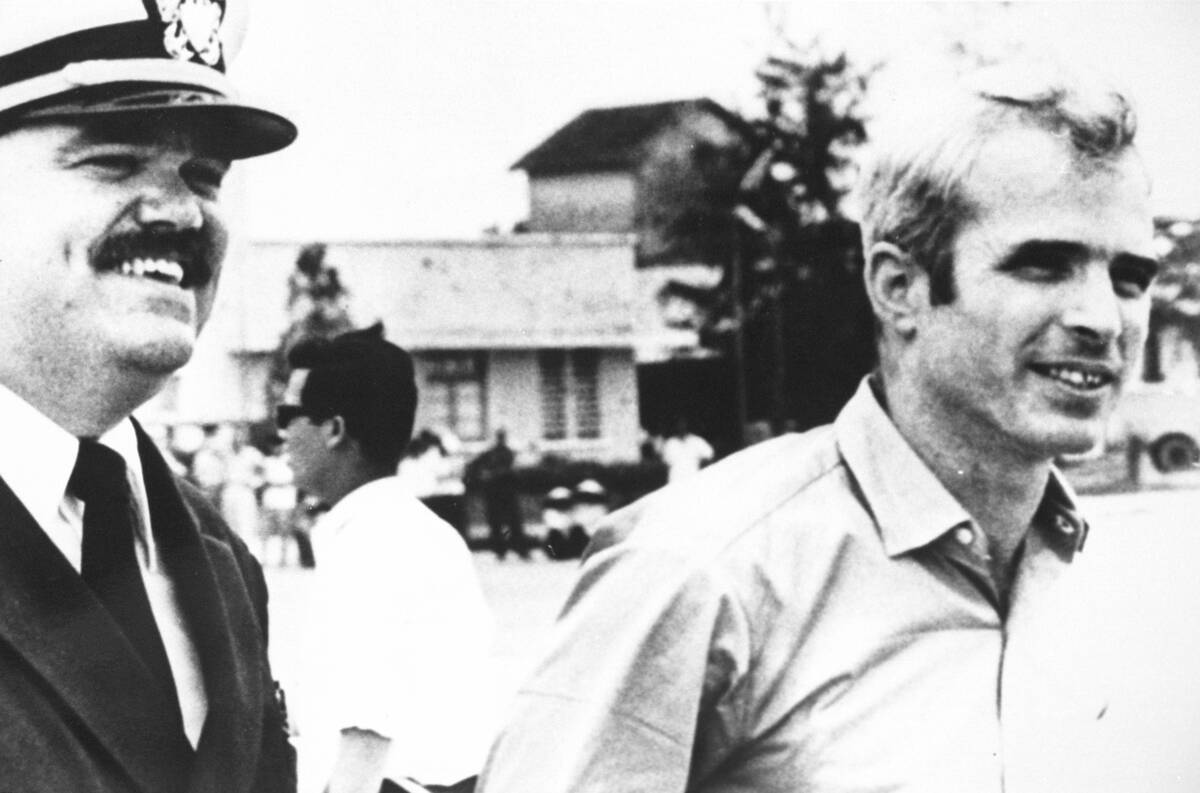
A. 5 years
B. 4 years
C. 1 year
D. 6 months
Answer: 5 years
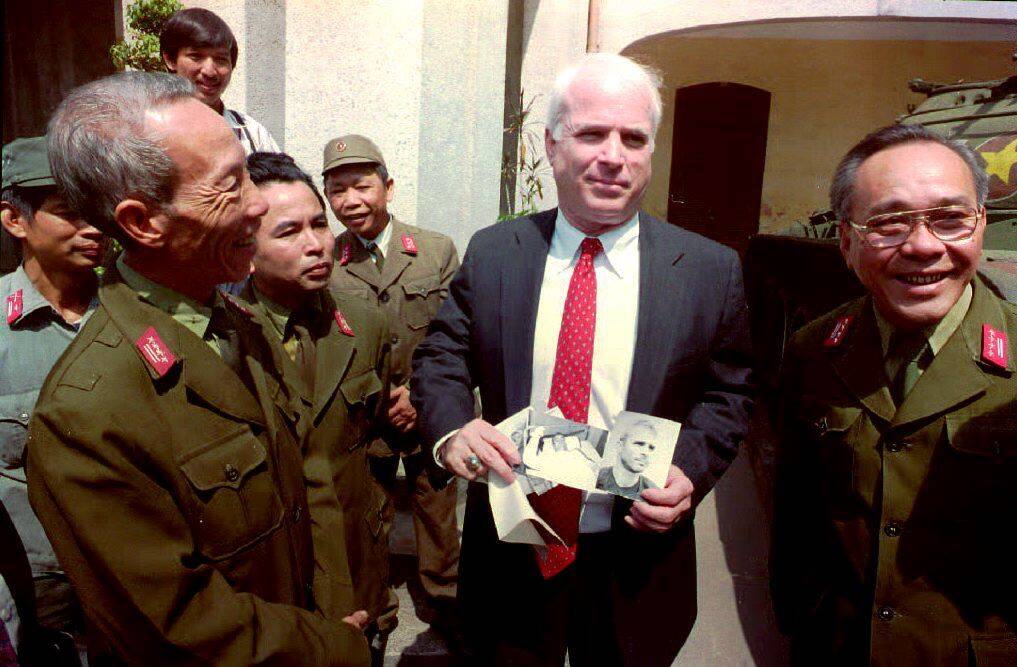
As a young aviator, John McCain was shot down over Hanoi on October 26, 1967. As a prisoner of war, he was tortured and even refused early release to let some of his men go before him. He was finally released on March 14, 1973, after five and a half years.
Why did President Richard Nixon draft over 150,000 more US soldiers in April of 1970?
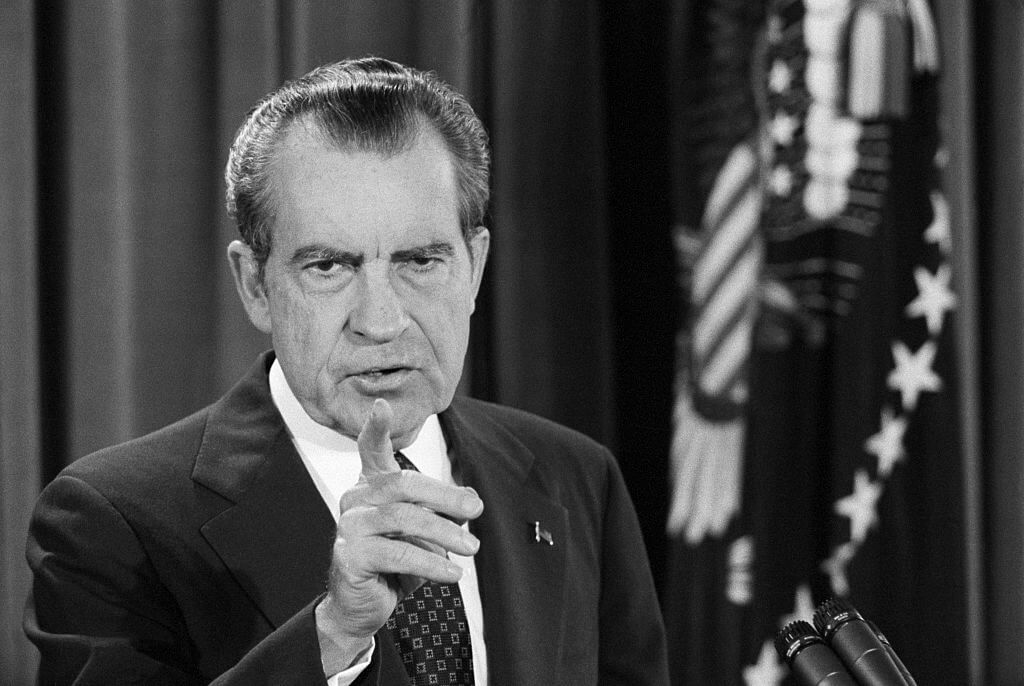
A. Invade Russia
B. Invade China
C. Invade Laos
D. Invade Cambodia
Answer: Invade Cambodia
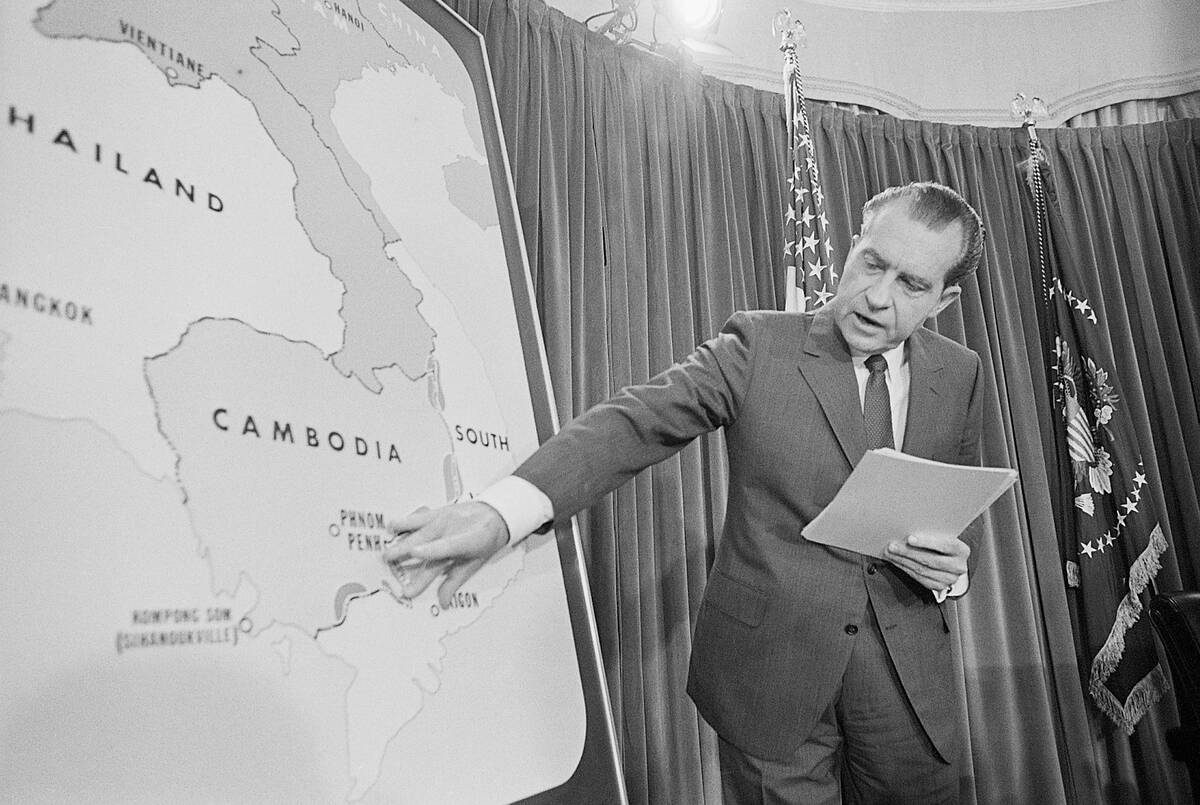
President Richard Nixon ordered the draft of more than 150,000 additional United States soldiers that year in order to invade Cambodia. He believed by doing this, they would be able to cut off supply chains to North Vietnam.
What was the purpose of Agent Orange?
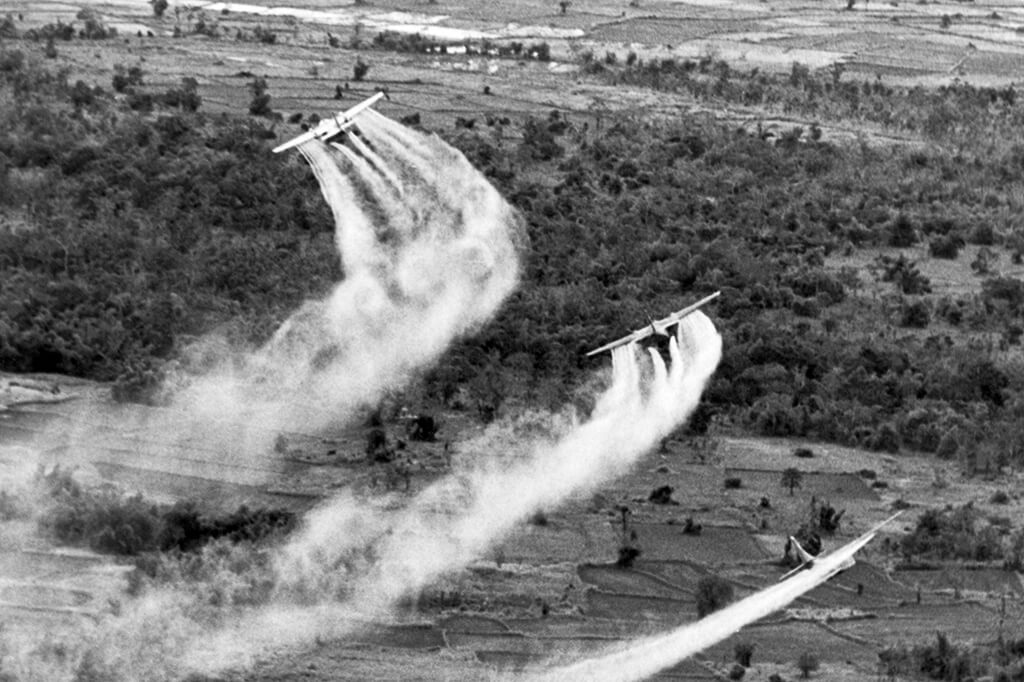
A. Kill insects
B. Kill people
C. Kill livestock
D. Kill plants
Answer: Kill plants
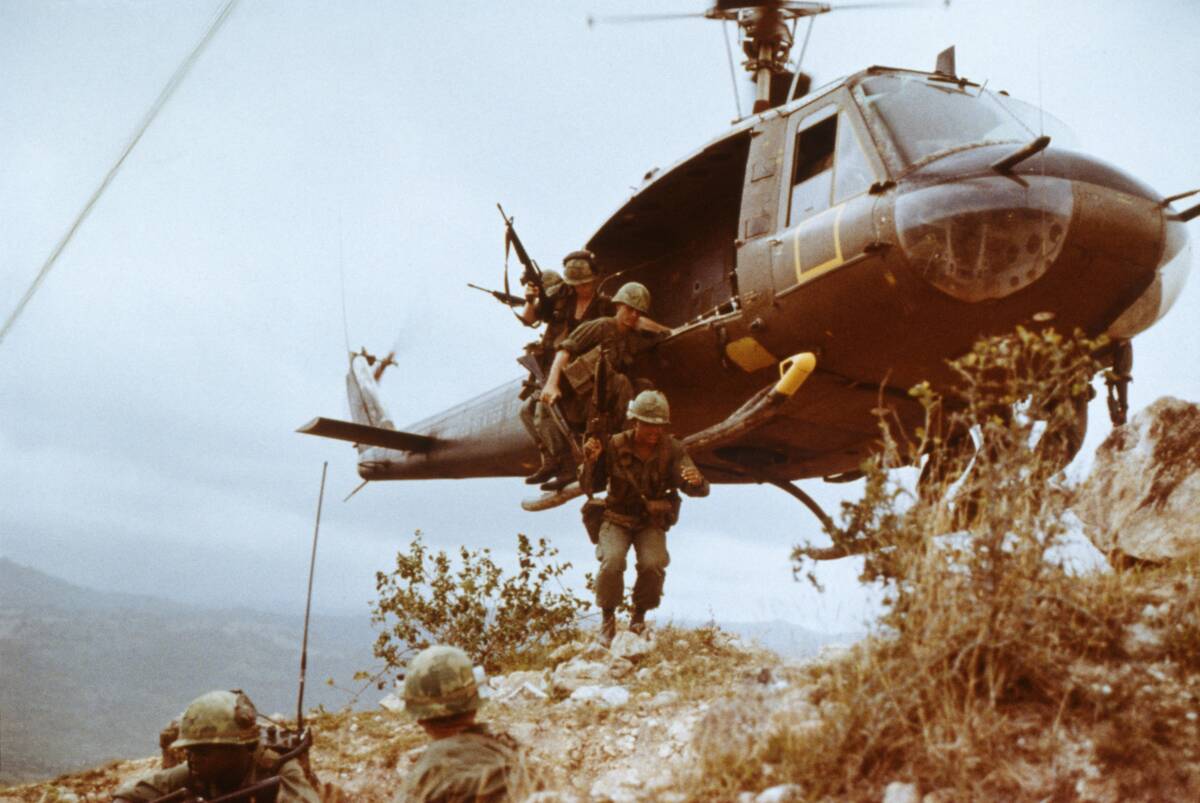
Agent Orange is a herbicide and defoliant, designed to kill crops and clear jungles so that the Viet Cong couldn’t hide out in the jungle. However, besides its damaging environmental effects, the chemical was discovered to have caused severe health problems for those that were exposed as well as future generations.
How much did the United States spend on the war?
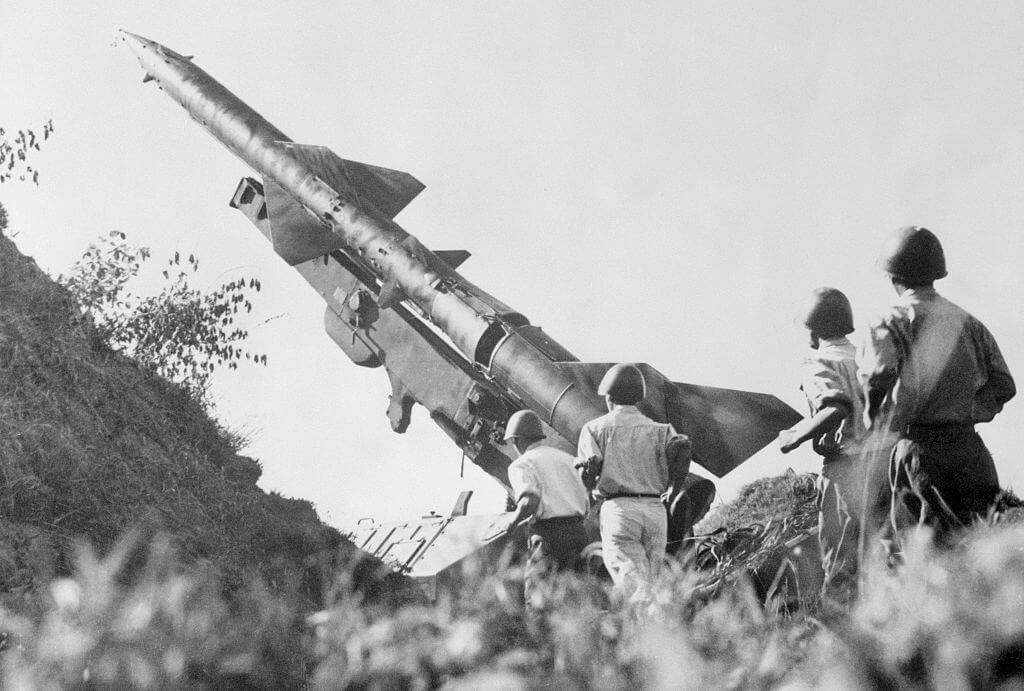
A. $130 million
B. $220 billion
C. $168 billion
D. $50 trillion
Answer: $168 billion
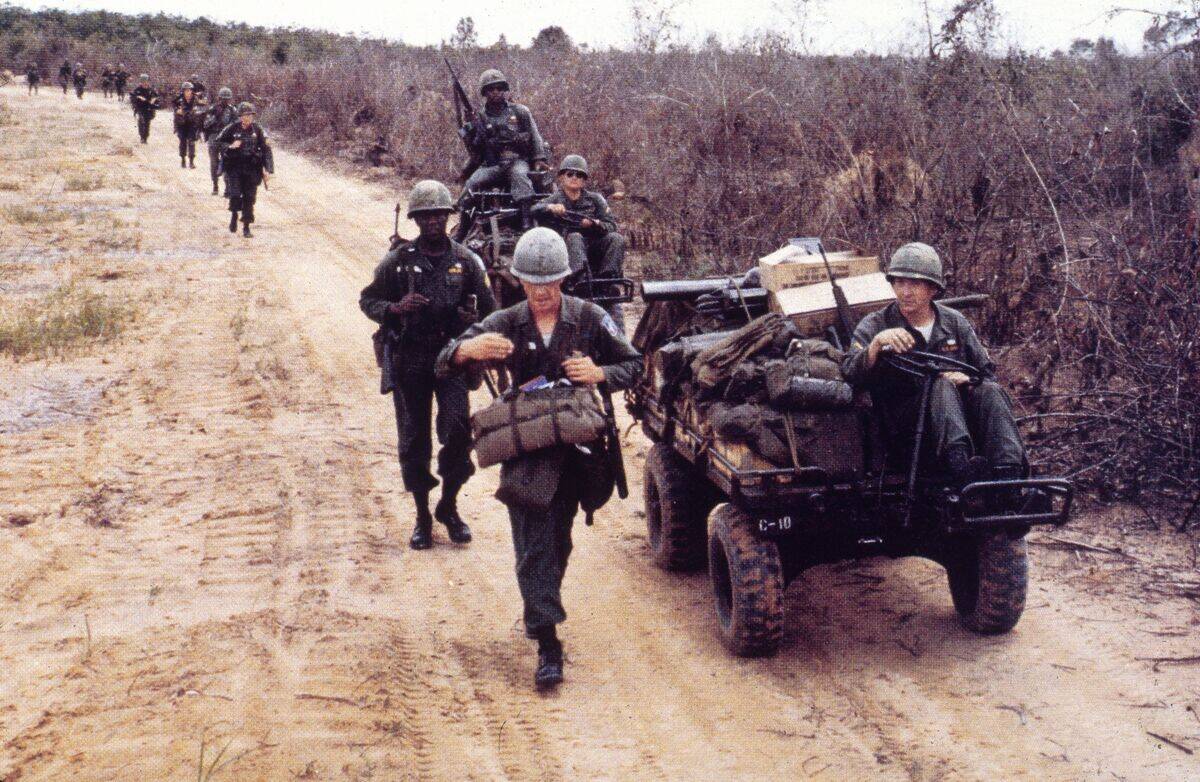
In total, the United States ended up spending $168 billion on the war in Vietnam. While the US experienced and economic boom during World War II, the Vietnam War did the opposite for the economy.
Which United States President pardoned all draft-dodgers?
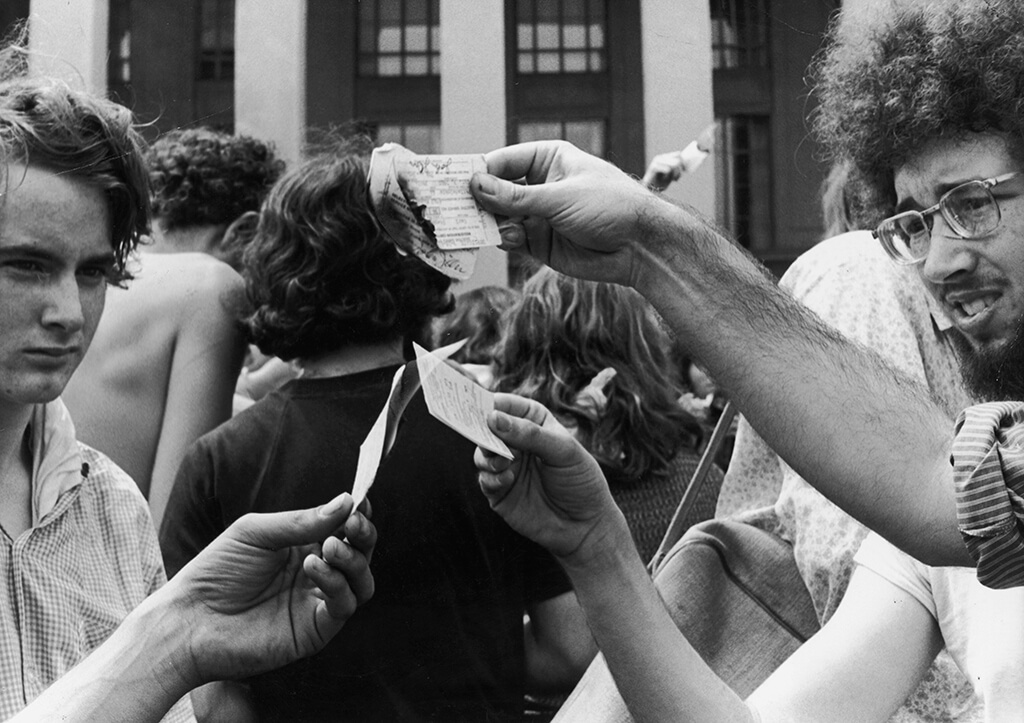
A. Lyndon B. Johnson
B. Richard Nixon
C. John F. Kennedy
D. Jimmy Carter
Answer: Jimmy Carter
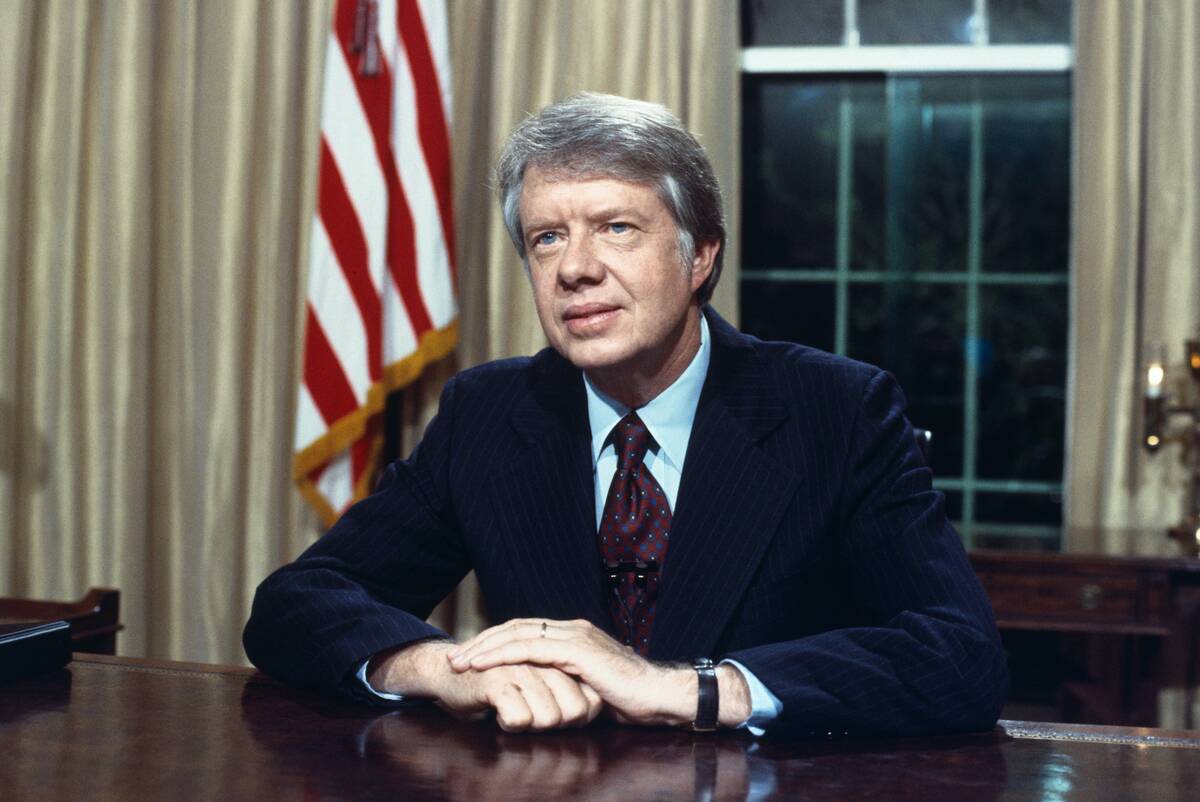
In 1977, just one day after his inauguration, President Jimmy Carter offered pardons to anyone who had evaded the draft and requested for one. This was one of his campaign promises although it angered the conservatives.
Which film director was highly decorated for bravery during the war?

A. Peter Jackson
B. Clint Eastwood
C. Mel Brooks
D. Oliver Stone
Answer: Oliver Stone
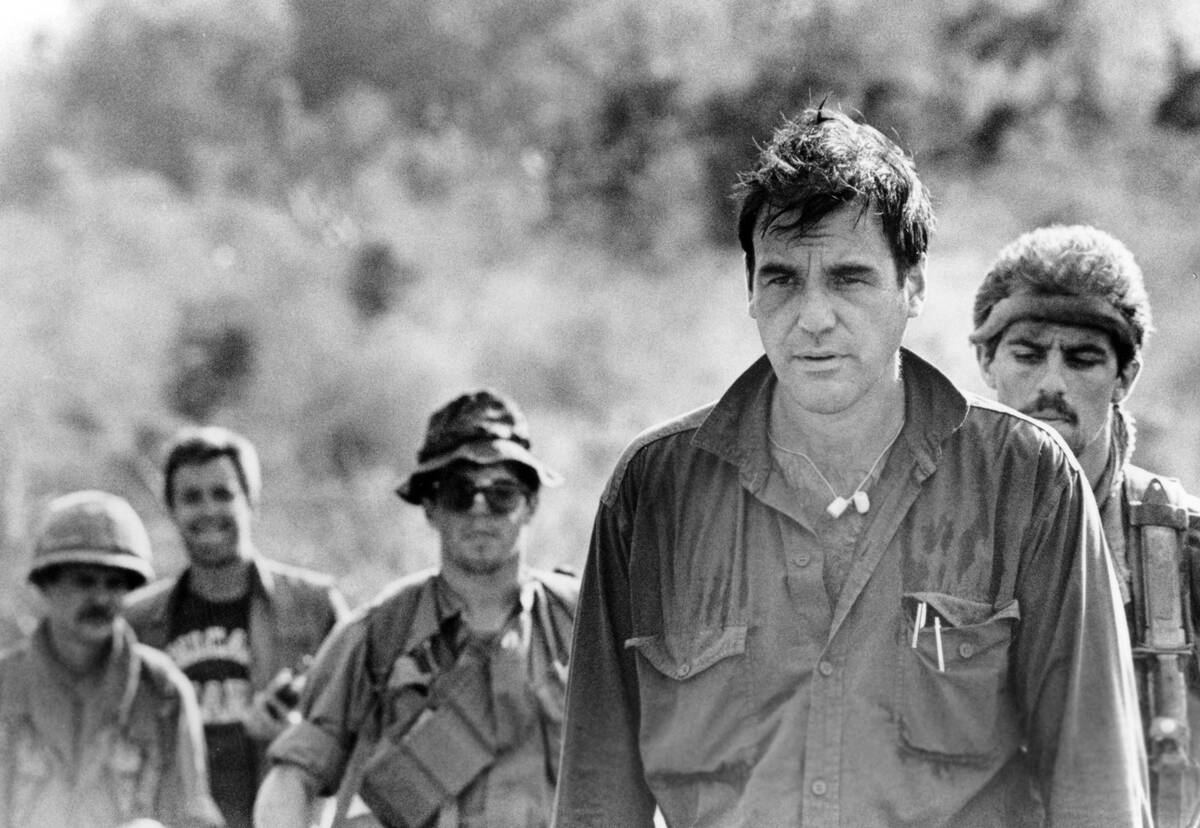
For his actions during the Vietnam War, future director Oliver Stone received a Bronze Star and two Purple Hearts for his bravery and sacrifice. He went on to direct the Vietnam War film Born on the Fourth of July.
How many American troops went to Vietnam?
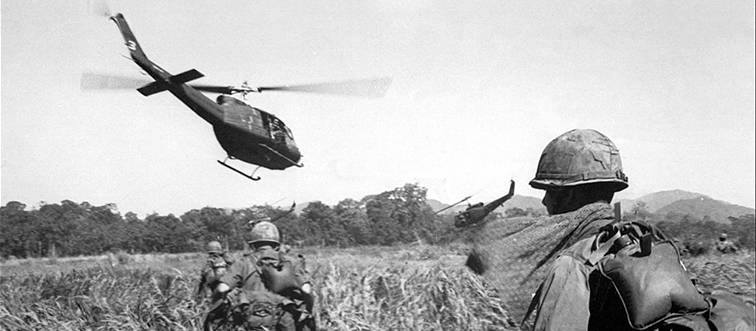
A. 543,000
B. 23,000
C. 829,000
D. 36,000
Answer: 543,000
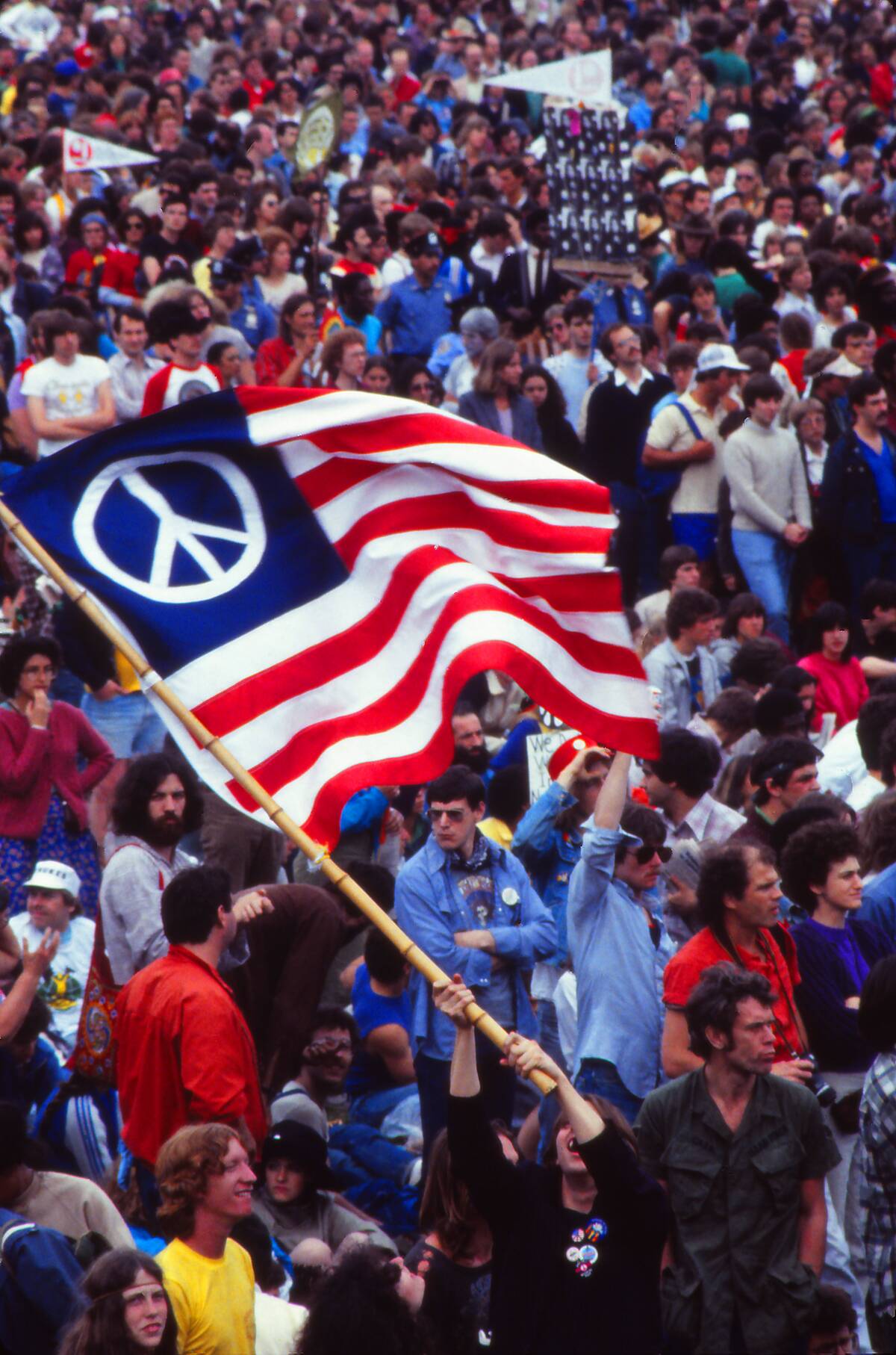
The amount of American troops in Vietnam was at its all time high in 1969 when 543,000 were stationed there. This equates to 9,087,000 individual military personnel who served on active duty during the war.
What happened when American troops left Vietnam in 1973?

A. The war was over.
B. The North and South kept fighting.
C. English and French troops took over.
D. Vietnamese troops came to America.
Answer: The North and South kept fighting.
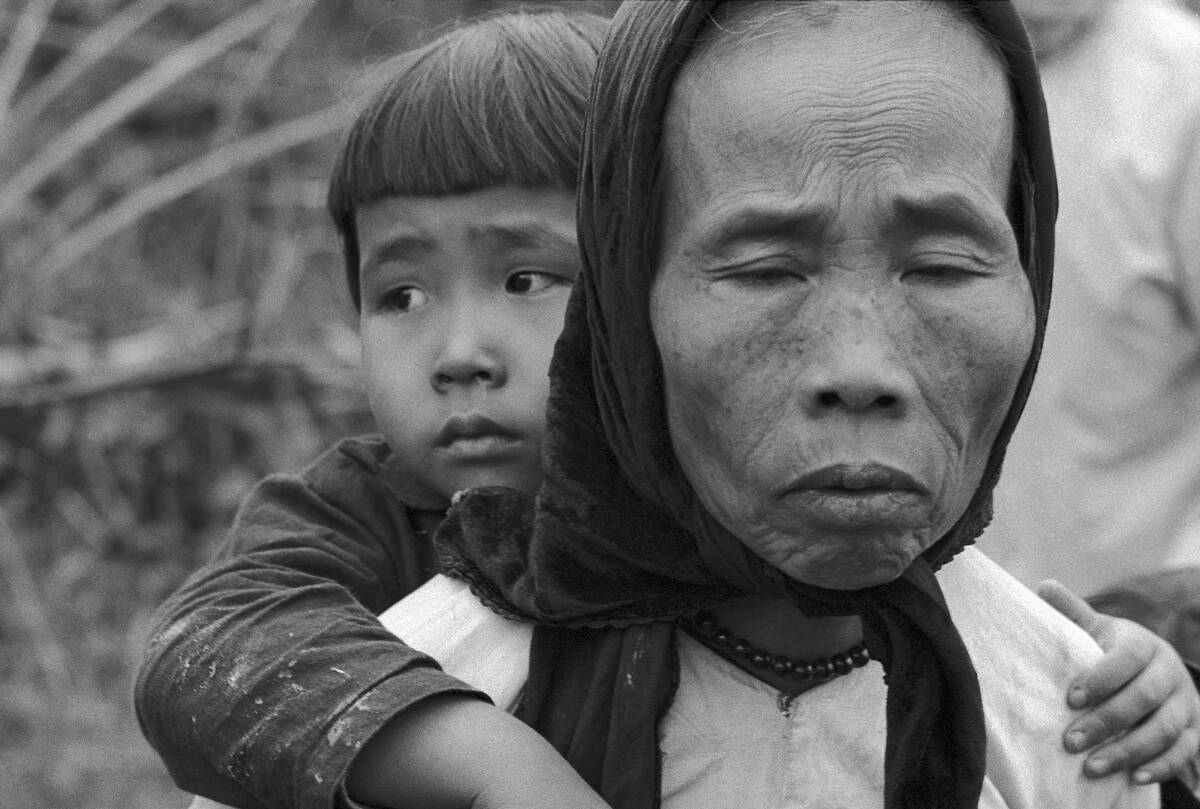
American troops left Vietnam in March of 1973, but that didn’t mean the war was over. The North and South kept fighting even though there was no more involvement from the United States.

